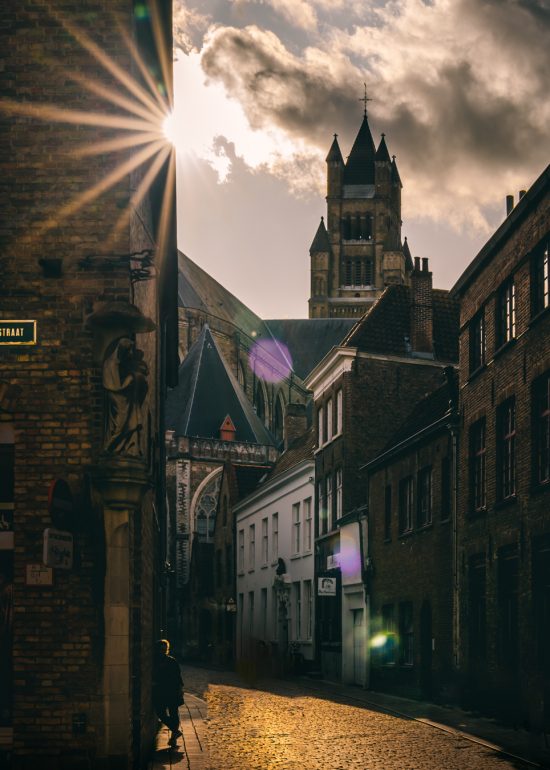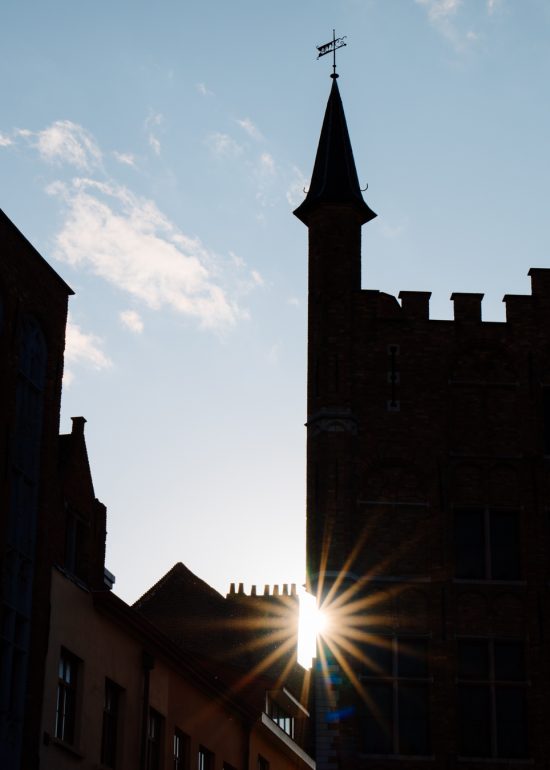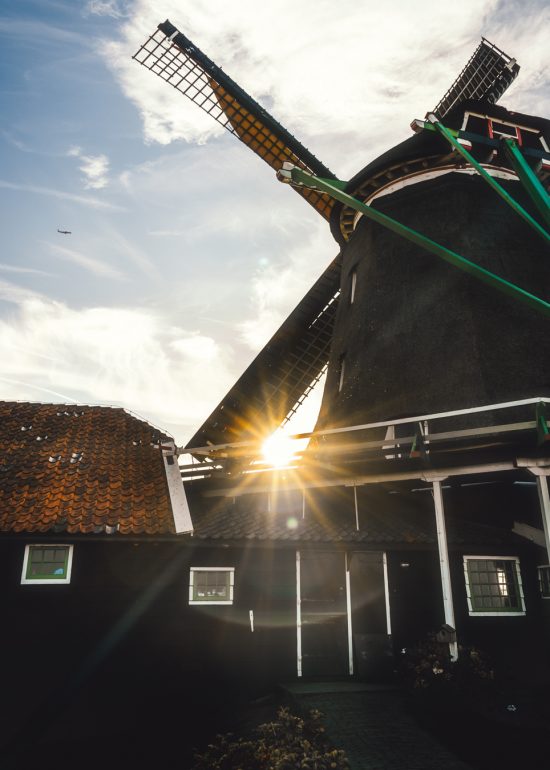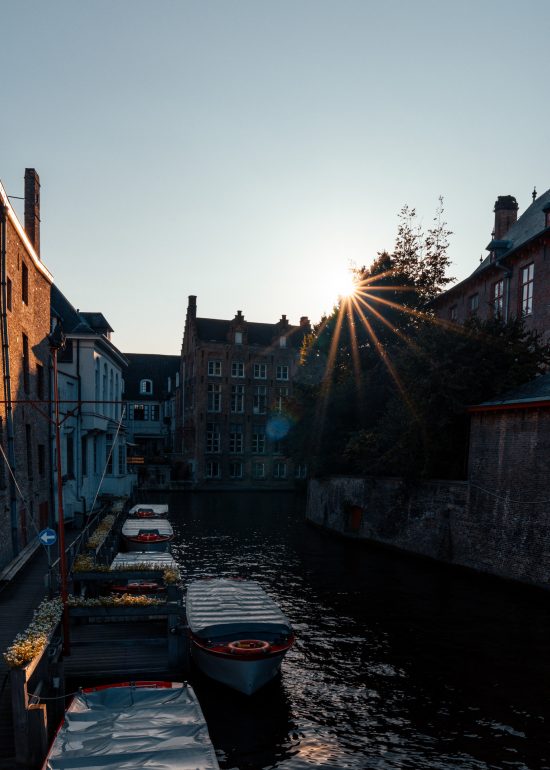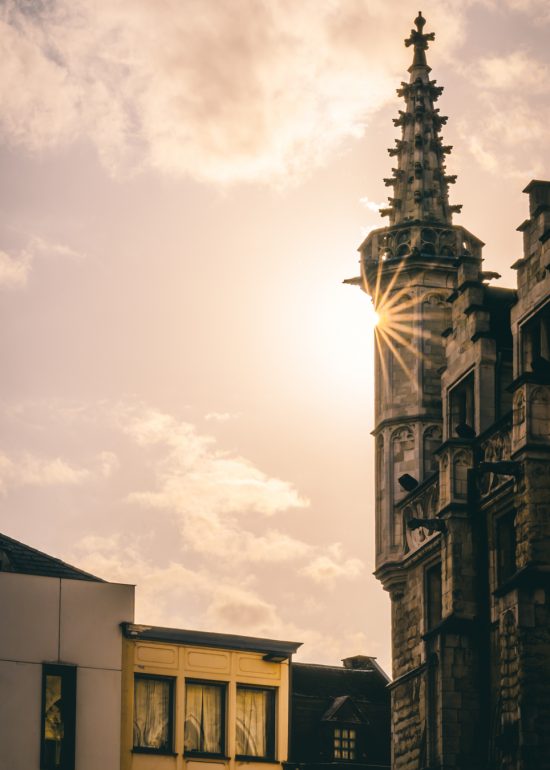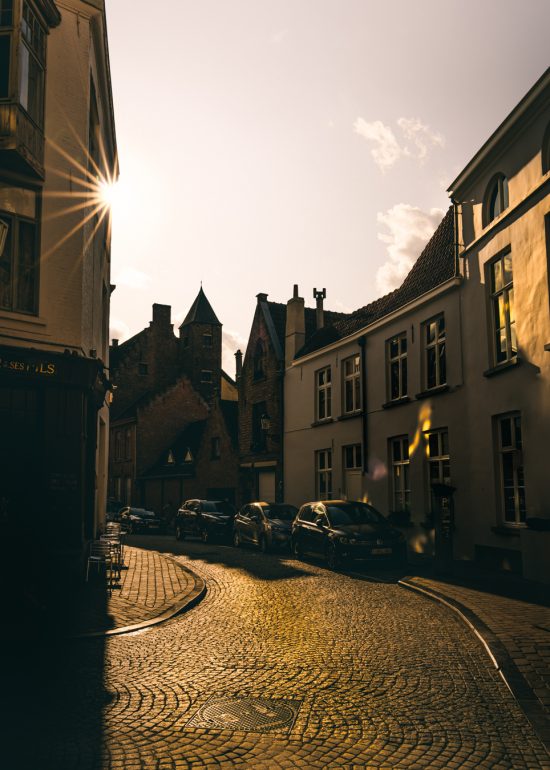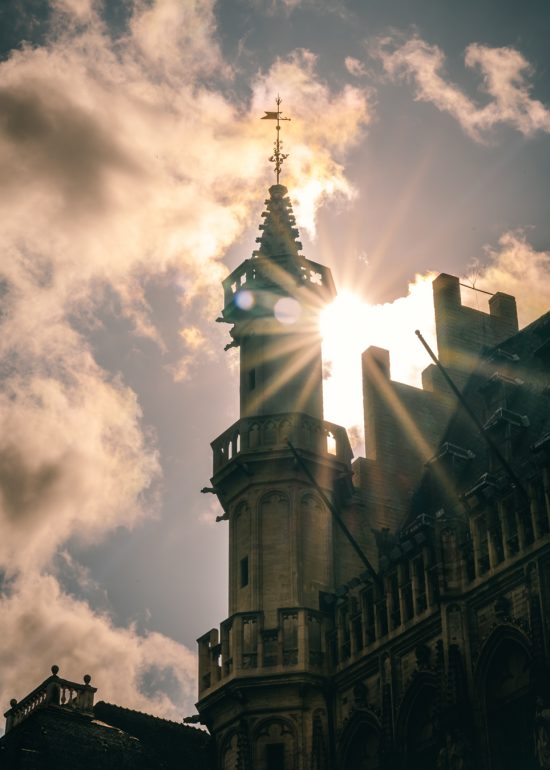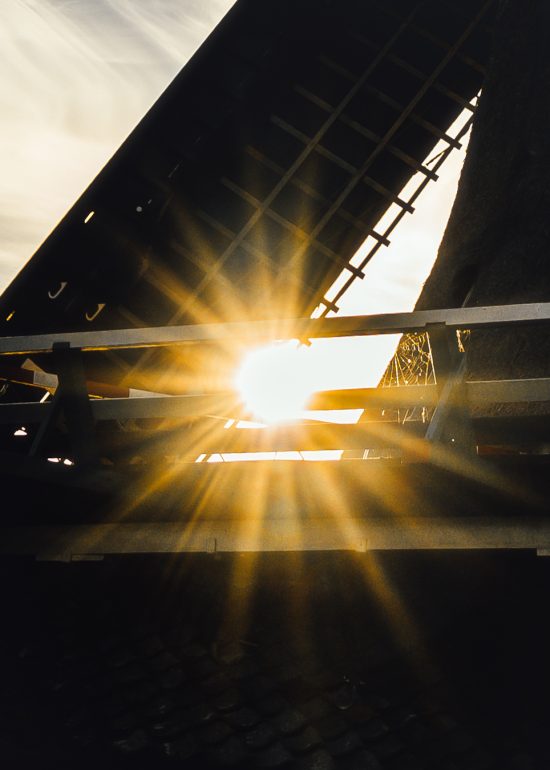/sunstars in Western Europe pt. 1
There are days when the sun is just up; it shines obstinately into his eyes like a child who has just been given a flashlight. Its fierce light illuminates the darkest of cul-de-sacs. It stirs the Earth, around and around while maintaining its luminous intensity. What do you do on days like that?
If you are like me, you take any device that can convert light to digital pixels (or translate it on film, basically, any device in which you can control the aperture) and find an edge. Yes, an edge, and pray for the clouds to go away. The best crisp sunstars appear in photos when we use a hard edge, i.e. a wall, rock, arch, tree, etc., to partially obscure the light source. Playing peek-a-boo with the sun helps to manage the light and create a sharp-edged star.
The starburst or the sunstar is caused by light passing through a small aperture (this is a high number between f/16-f/22). The narrow opening causes the light to be diffracted or spread out across the aperture blades in the lens in a uniform manner as it is recorded by the camera sensor. The more blades and the less curved they are, the better the star. The smaller the aperture, the more the spikes. I like mine usually at f/16.
Whenever Helios made an appearance during my expedition, I’d run and find an edge. Thankfully, European cities have a bunch of historic buildings that act as (a) a great edge and (b) an even better complementary subject. Let me know which ones you like.


